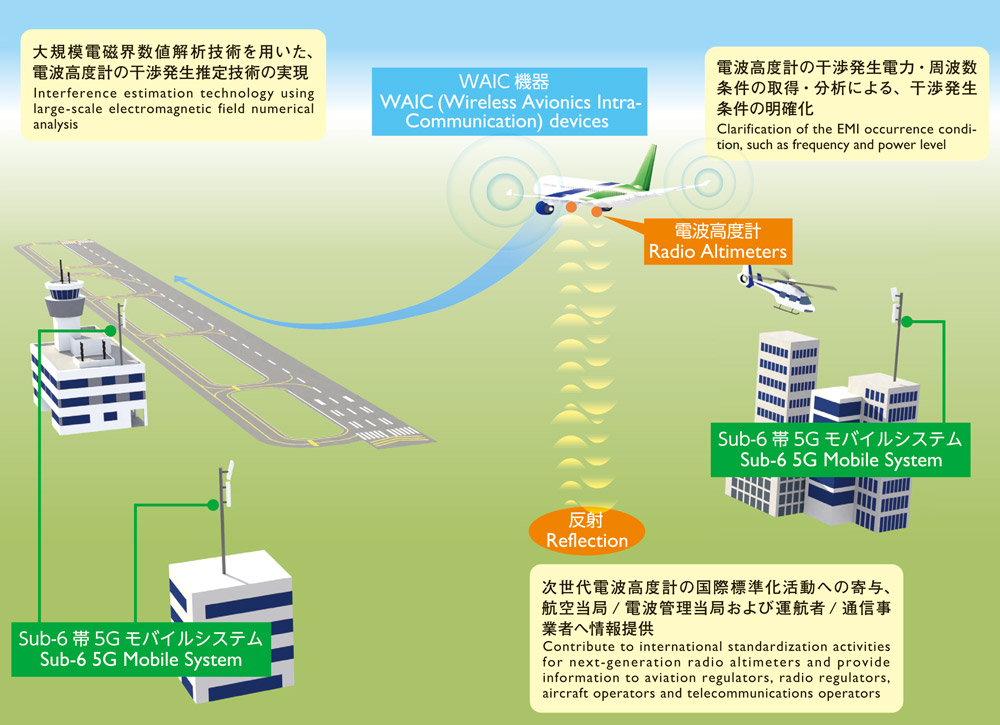Study on Communication Capacity Enhancement of ATC Data Link
Aircraft operation is mainly supported by voice and data communication between aircraft and air traffic control authorities. Currently, the data-link communication mainly uses text-based communication, and the amount of data is limited. In the near future, it will be necessary to handle a variety of information to support situational awareness of air traffic controllers and pilots by sharing aircraft trajectory information (i.e., trajectory-based operation) among stakeholders.
This study aims to make technical proposals that contribute to the realization of the air–ground information sharing applications through design and development of air–ground communication control techniques.
